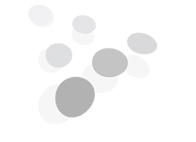
A nationwide network of learning centers operates under an organization, generating surplus data stored across five different sources tailored to specific requirements. Utilizing this data, the organization aims to develop comprehensive Power BI Reports that are both robust and user-friendly, ensuring easy comprehension and usability.
The foundation of a report is the data used in it. In this case, the data resides at five different sources in an unorganized manner.
So, the first step is to get the data from those five sources. The process is called extraction.
Extraction in Microsoft Fabric is possible with Data Factory.


Data Pipeline for Migrating the Data

Migrated Data Stored in Lakehouse
As mentioned previously the data is stored in an unorganized manner. As we’ve got the data the next step is to organize it according to the report requirements. This process is called Transformation.
Transformation can be easily done in Microsoft Fabric using Dataflow Gen2, which is an integral element of Data Factory.

Transforming Data using DataFlow Gen2
Now, as we have created a flow of data from the sources, we’ll need to store it somewhere. This process is called Load (Loading the data).
Again, Microsoft Fabric comes as a savior by bringing Lakehouse in the plate. Lakehouse is used to store the transformed data.

Storing Transformed Data in Lakehouse
This data is then fetched in Power BI which is used to Create interactive Reports from which concerned stake holders get a clear idea and can take informed actions.

© All Rights Reserved. Inkey IT Solutions Pvt. Ltd. 2025